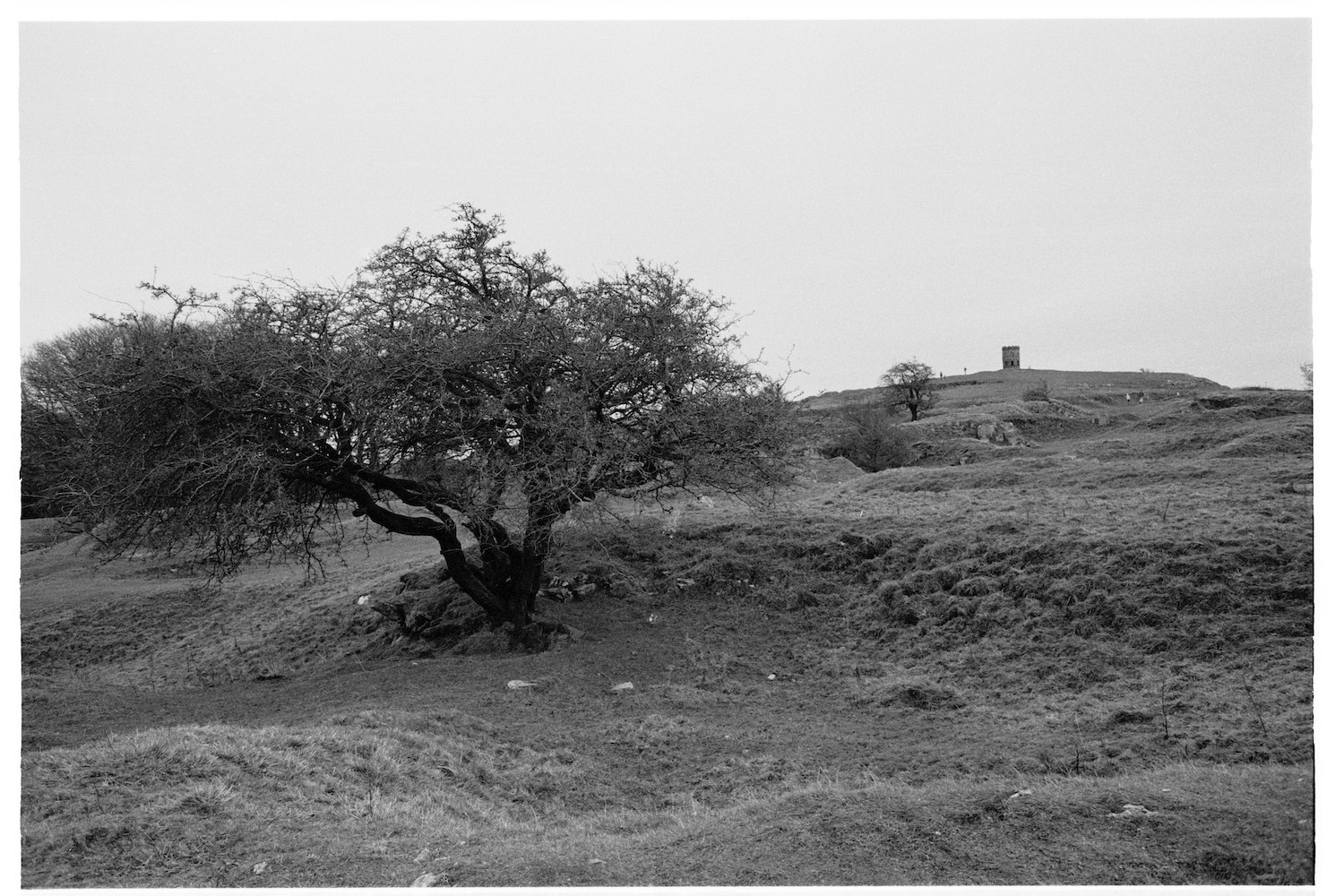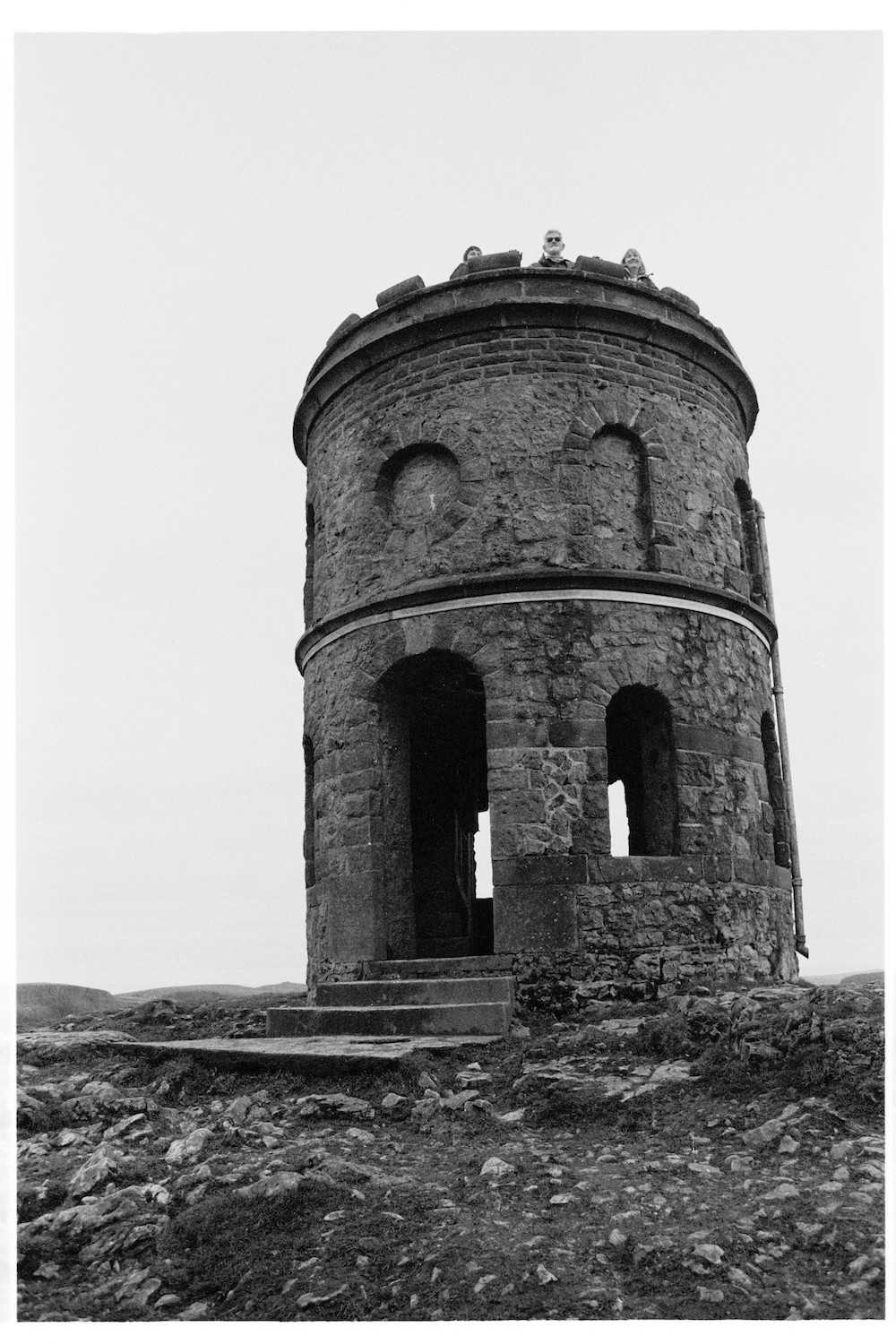Developing ORWO negative films
Achieving good results with N75 and UN54
DISCLAIMER
Some of the chemicals used in the preparation of the developer solution are dangerous. Always be careful when working with chemicals and make sure to take the proper safety precautions, such as wearing gloves and eye protection.
I take no responsibility whatsoever for any damage you may cause to yourself, others, or property when following the instructions below. With that said, I believe that with proper safety precautions the preparation is safe, at least to the same extent as darkroom work in general.
These instructions come without a warranty. The solutions described may work for you, or they may not. Given that the formulae presented here are provided by ORWO and Kodak in official documentation, one would expect them to work properly without damaging the film, but I provide no guarantees as to this.
Remember that the decision to take on any project ultimately rests with you, and as such any consequences (good or bad) will be yours to bear.
This article was written in 2021, but unpublished until now. As such, it is incomplete, and I can't remember everything that was going through my head at the time. Also, I believe some of the information on sourcing ORWO film is now out of date.
Introduction
The year is 2021, and the black-and-white film market is healthy and quite diverse, with plenty of good films available from Kodak, Ilford, Foma, Rollei (Maco Photo), Adox (Fotoimpex) and also brands such as Fujifilm, Bergger and Ferrania. Still, there comes a point when one has tried all of these and found their favourites already.
If one is prepared to bulk load, great savings can be achieved for nearly every film (except Kodak's, because their bulk reels are inexplicably more expensive than just buying 20 36-exposure rolls of the film). Bulk loading also offers the possibility to use films that are not intended for 35mm stills use by their original manufacturer (which basically means motion picture film). Kodak's black-and-white motion picture film has a fantastic reputation and is a lot cheaper than their still films (but still more expensive than Ilford's bulk films and a lot more expensive than Foma, Rollei and Adox's).
There is, however, another company producing black-and-white cine film: ORWO (Original Wolfen), formed after the Agfa factory in Wolfen was split from the rest of the business following the partition of Germany. During the communist era, it grew to be the second largest film factory in the world. After the re-unification, production stopped temporarily but was restarted by Filmotec GmbH, the present owners of the factory. They continue to produce a wide range of black-and-white camera, duplicating and sound films for the motion picture industry.
Their films are very well-priced and are of excellent quality. The camera films, UN54 and N75 (which are the focus of this article) are available as bulk rolls at a minimum length of 30.5 metres (100 feet). These bulk rolls can be purchased from James Holcombe in the UK (I got mine from him, he is very helpful and his prices are excellent), and pre-rolled 135 canisters can be had from Nik & Trick.
What follows is my personal opinion on how to effectively use their camera films. This opinion is based on my taste and preferences, and also on my experience working with these films. I am sharing this information in the hope it may be useful to somebody else.
Considerations
There are a few key differences between motion picture film and 'normal' stills film to be aware of. Please note that this comparison is focused on black-and-white films only, and the differences between colour cine and still films are greater (remjet layer and different developing agents being the main two of importance).
| Attribute | Still film | Cine film | Importance |
|---|---|---|---|
| Sprocket holes | Kodak Standard (rounded rectangle) | Bell and Howell (cropped circle) | Practically irrelevant for most cameras |
| Standard developer | D-76 (if such a thing really exists...) | D-96 | Quite important, especially for N75 |
| Contrast | Generally high | Lower | Not very important if scanning May require some adjustments in the darkroom |
As can be seen here, the standard developer for the motion picture industry is D-96, originally a Kodak formula dating back to the 1940s. This developer is recommended by ORWO for the processing of both UN54 and N75, and will give top quality, repeatable results with both. As such, I will explain how to make it yourself at home below.
INFO: Happily, black-and-white motion picture film does not have a remjet layer! As such, it can be sent to commercial labs with no risk of damaging other customers' films.
D-96 ingredients
Table of ingredients
Coming soon...
Getting the ingredients
Coming soon...
Supplies
Coming soon...
D-96 mixing instructions
Coming soon...
Developing UN54
ORWO UN54 (UN stands for 'universal negative', as it can be developed as a slide film as well) is a fine-grained monochrome film with a sensitivity of 100 ISO. It is a versatile film with a relatively light (in colour) base, comparable to Ilford FP4 in terms of its classic black-and-white aesthetic.
UN54 is relatively easy to develop. I have tried it in Rodinal (results were nice if a bit grainy), and also in D-96. Some scans of UN54 negatives developed in D-96 are reproduced below. While I was out shooting these, it was quite overcast. No adjustments have been made to the tone or contrast curve of the image - save for a little dust removal and conversion to JPEG they are as they came from the scanner. Click on the thumbnails to see larger versions of each image.
These photos were taken using a Minolta Dynax 700si and a Minolta AF 28/2.8 lens, probably my favourite combination if I am in a position to carry a large camera.
To develop UN54 in D-96, I use a time of 6:00 (6 minutes) to 6:30, depending on my feelings about how the film was exposed. With Rodinal, I found that the times given by the Massive Dev Chart (6:30 at 1+25 and 9 minutes at 1+50) work nicely.
I have also tried developing UN54 in Mytol (a Kodak Xtol clone/workalike created by Paul Lewis, use the recipe in The Darkroom Cookbook 3rd. edition, pages 218-219) with great results, really smooth but retaining sharpness and great tones. I developed for 7:30 at 20 °C which produced satisfying negatives.
Developing N75
Coming soon...



